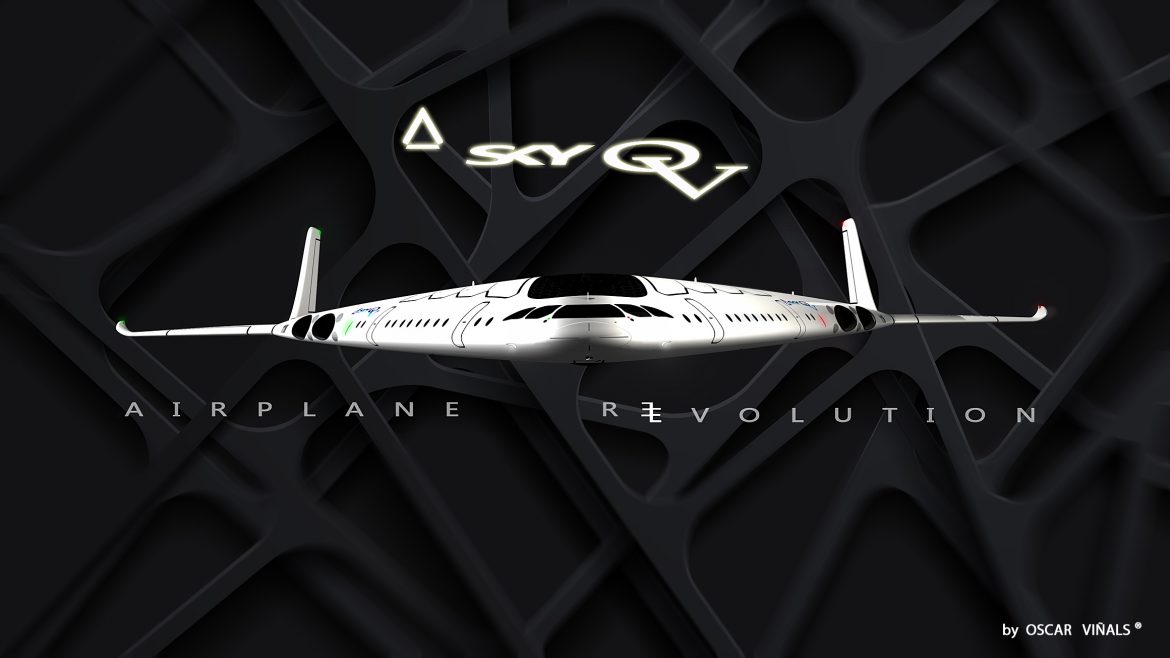Viñal’s design breaks the mould of traditional jets. The Sky OV features a delta wing design, where the wings and body seamlessly merge into a single structure. This not only creates a sleek, modern aesthetic but also offers significantly more cabin space for passengers.
But the most striking feature of the Sky OV is its lack of wings. Viñal claims this wingless design reduces drag, leading to improved fuel efficiency. Additionally, the jet utilises a groundbreaking combination of hydrogen fuel and electric power, paving the way for zero-emission supersonic travel. Traditional turbojets are replaced with a hybrid pulse detonation engine and a turbofan, further contributing to the eco-friendly approach.
Comfort is a major focus onboard the Sky OV. Viñal envisions luxurious amenities like bedrooms, suites, and bathrooms, transforming air travel into a more relaxed and personalised experience. Sustainability extends beyond the engine. The exterior of the jet is embedded with quantum solar dots, generating electricity from the sun’s rays to potentially supplement onboard power. Artificial intelligence even takes flight within the Sky OV. AI-powered ailerons, similar to wing flaps but designed for lateral control, are incorporated to optimise performance.
“The shape is entirely new,” Viñal explains, comparing the Sky OV to the “flying wing” design used in military aircraft like the B-2 bomber. However, he highlights a key difference: “The blended wing has more volume in the middle section,” allowing for a spacious interior. The wingspan is envisioned to be slightly larger than a Boeing 747, offering a significant footprint for passenger comfort and potentially cargo capacity.
Viñal’s vision goes beyond just aesthetics. He claims the Sky OV would be lighter, quieter, and more economical to operate than conventional jets. While the Sky OV remains a concept, it offers a glimpse into a future where supersonic travel is not only fast but also sustainable and luxurious.



